The PSA Group has unveiled its new electrification strategy for its Peugeot, Citroën and DS brands. The introduction of new technology and a brand-new modular platform is set to underpin as many as four new electric vehicles and seven new plug-in hybrid electric vehicles that the French carmaker will bring to market between 2019 and 2021 – it is hoped that these will help the group reach its target average carbon dioxide emissions figure of just 91 grams per kilometre by 2020.
From now on, PSA will be consolidating the development of new core models onto just two platforms, one of which will be the new Compact Modular Platform (CMP) that was developed in collaboration with Chinese partner Dongfeng Motor. The new architecture will form the basis of the company’s city cars, core sedan models and compact SUVs, and will complement the existing, more upmarket Efficient Modular Platform (EMP2) already used on the Citroën C4 Picasso and the Peugeot 308 and 408.
The CMP platform will spawn a variant for electric vehicles, called e-CMP, that will form the basis of the aforementioned EVs. These will be powered by a 115 hp electric motor that sips juice from a 50 kWh lithium-ion battery – all in all, the powertrain is claimed to be able to offer an NEDC-rated range of up to 450 km.
This impressive range is a result of innovations such as a next-generation heat pump, capable of functioning over a wider temperature range and greatly reducing the energy required for heating compared to a standard heating system – it’s said to contribute a significant 50 km to the range. The first EV, a DS, is slated to be launched simultaneously in Europe and China in 2019.
PSA will offer two charging solution to the consumer. One is an ultra-fast charging system which can charge the car up to 80% full in just 30 minutes and gives up to 12 km of extra range per minute of charging, while the other is a fast home charging system that will provide up to 100 km of range in 90 minutes and top off the battery in eight hours. The onboard charger is a next-generation 7 kW unit.
At the other end of the spectrum are the plug-in hybrid models, motivated by a petrol engine delivering between 150 hp and 200 hp. This powertrain is hooked up to an 80 kW (107 hp) electric motor that is integrated to an eight-speed automatic gearbox – PSA claims that the lateral positioning of the hybrid transmission is a world first and frees up cabin space.
Four-wheel drive variants will also be offered, adding another 80 kW motor to power the rear wheels; a lithium-ion battery rated at 12 kWh for sedans and 13 kWh for SUVs and crossovers supplies electricity to both motors. Total system output is rated at up to 250 hp and 360 Nm of torque for two-wheel drive models and up to 300 hp and over 450 Nm for all-wheel drive variants.
The group promises up to 60 km of all-electric range – to charge it, you’ll be able to use the standard charging system to replenish the battery in four and a half hours, or a quicker 6.6 kW system that will lop two hours off that time.
“These next-generation hybrid and electric technologies will complement our range of internal combustion engines, thereby enabling PSA Group to offer its customers a diversified line-up of technologies that meet all of their mobility needs,” said research and development executive vice president Gilles Le Borgne. “This innovative strategy clearly demonstrates the Group’s commitment to global, sustainable solutions that will allow us to take on the energy transition challenge.”
Looking to sell your car? Sell it with Carro.

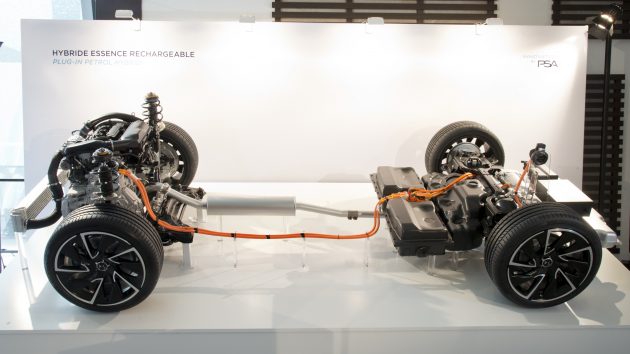
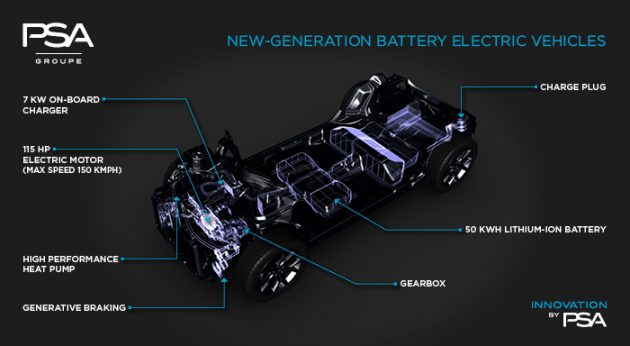
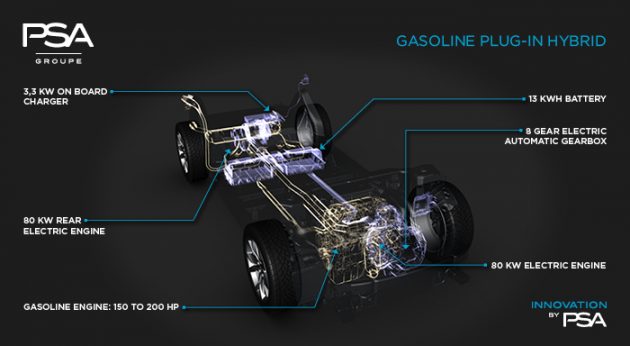
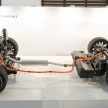
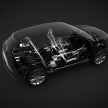
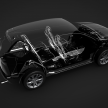
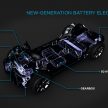
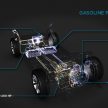

IF P1 do partner with PSA, this cud be something interesting.